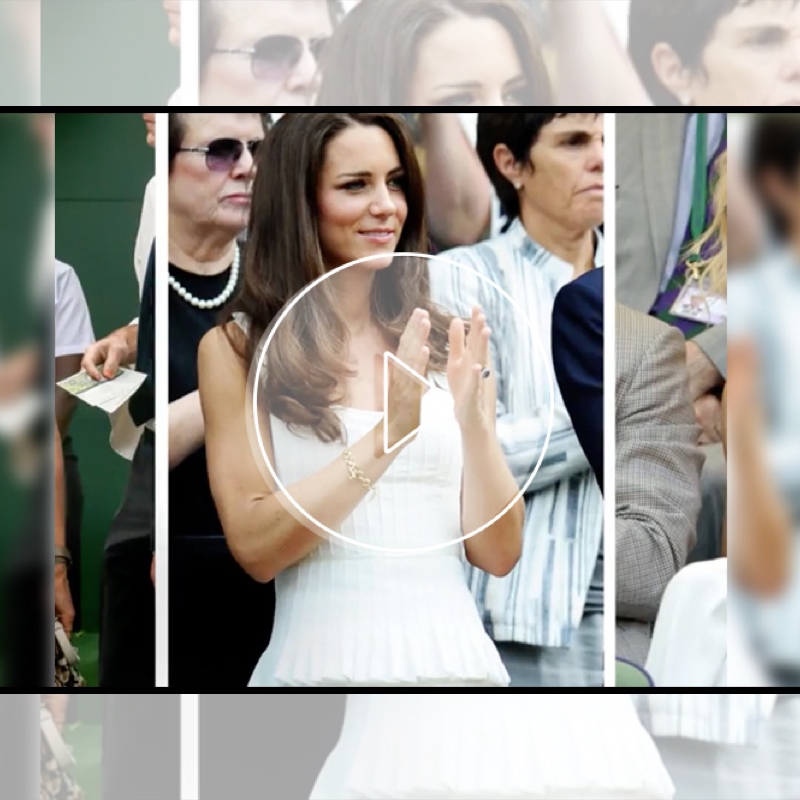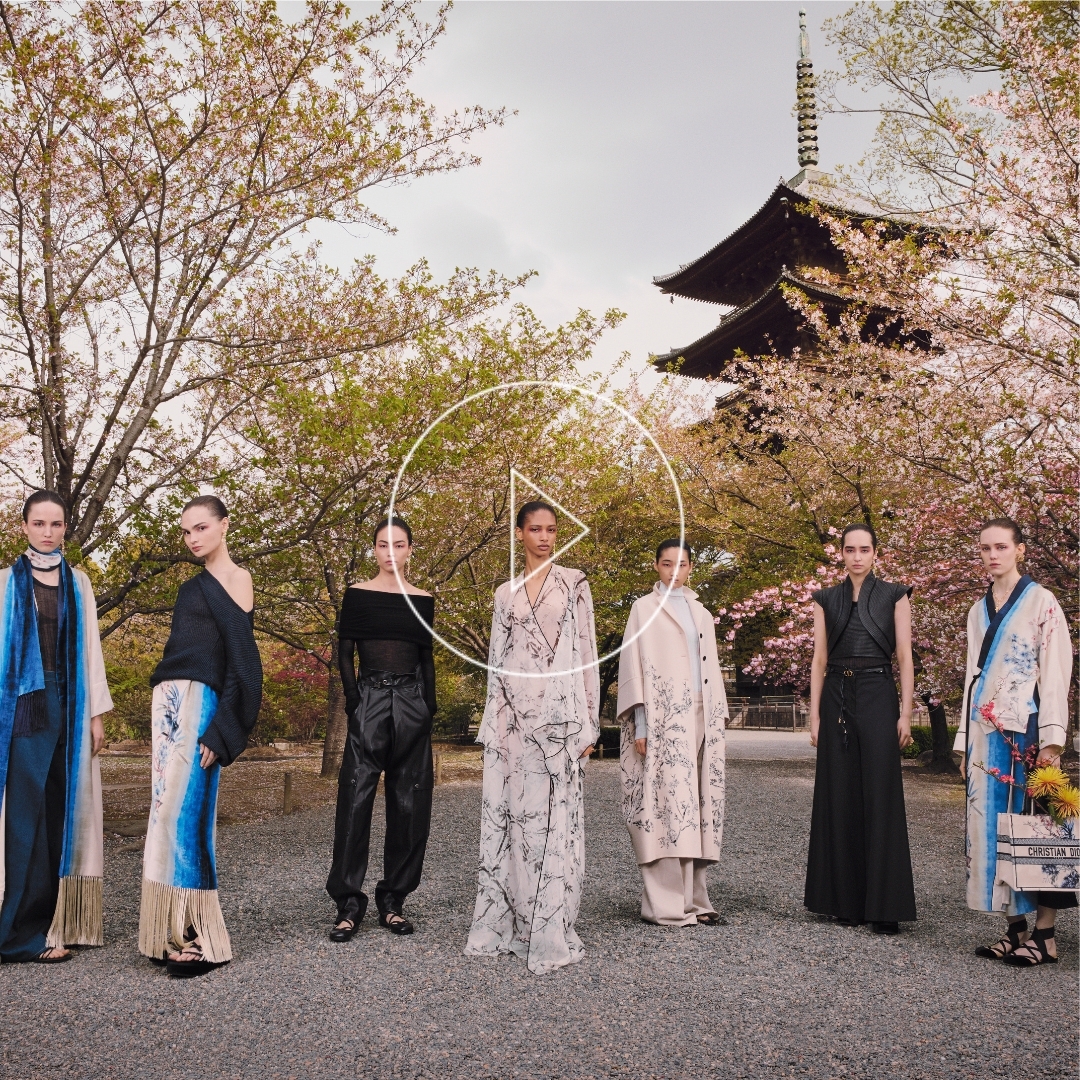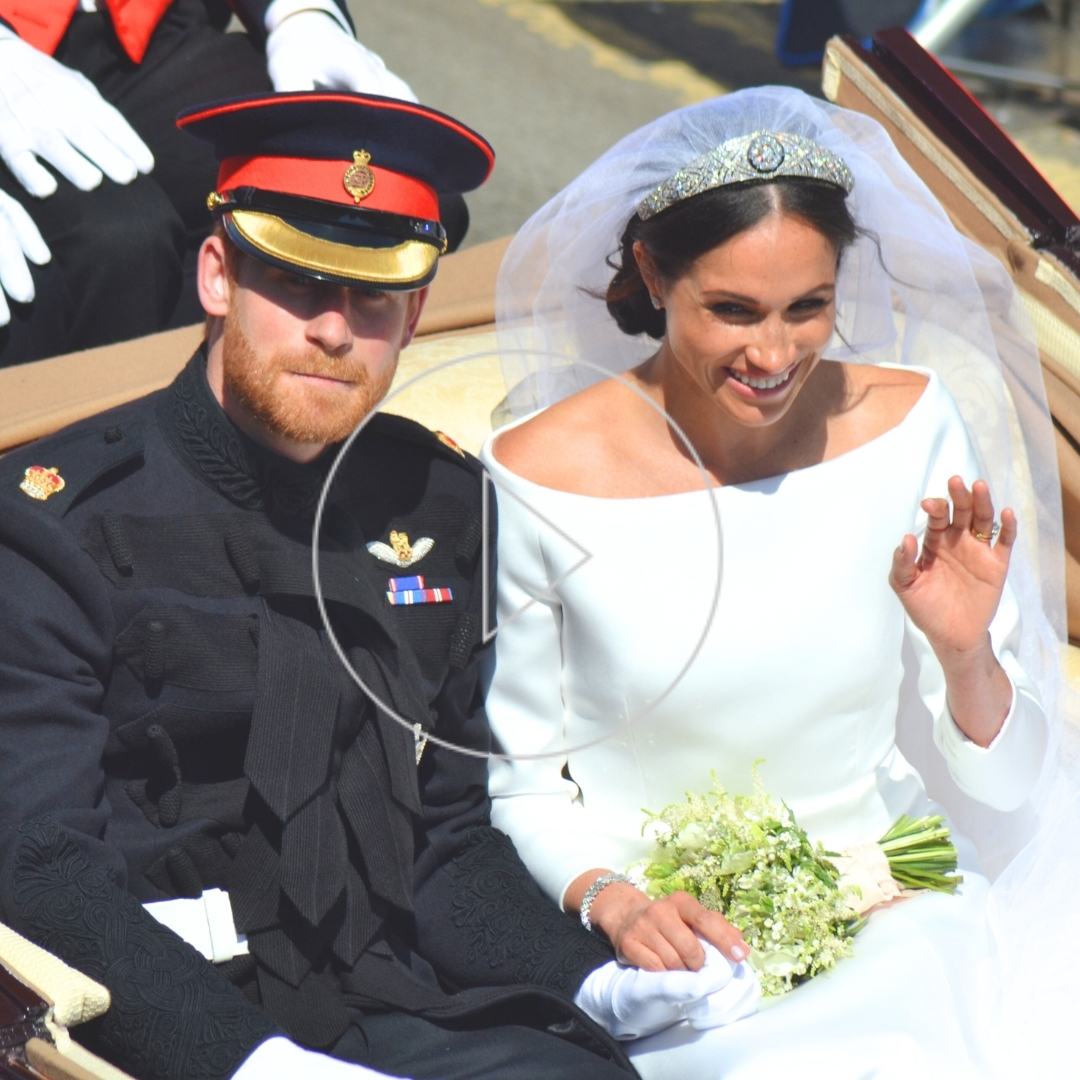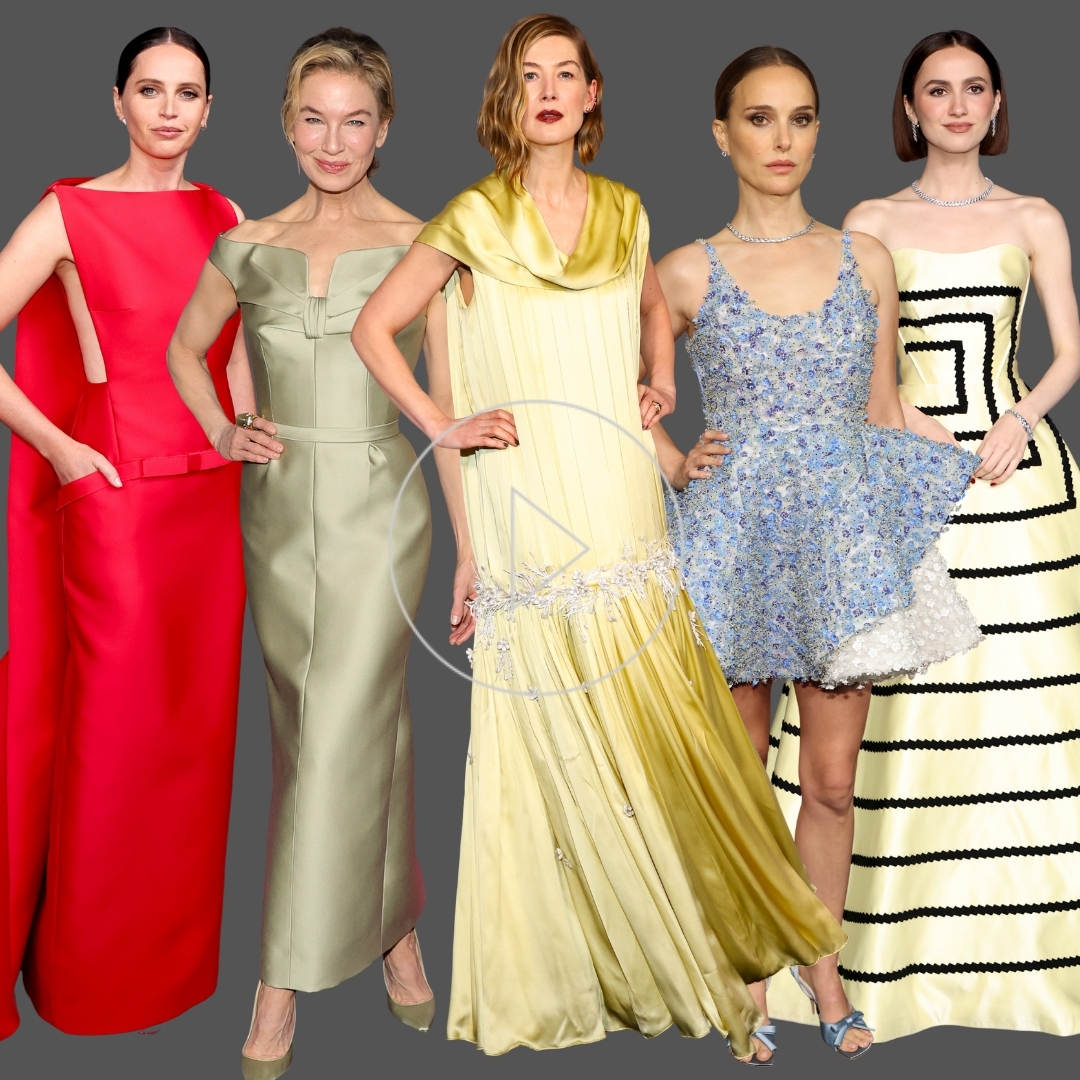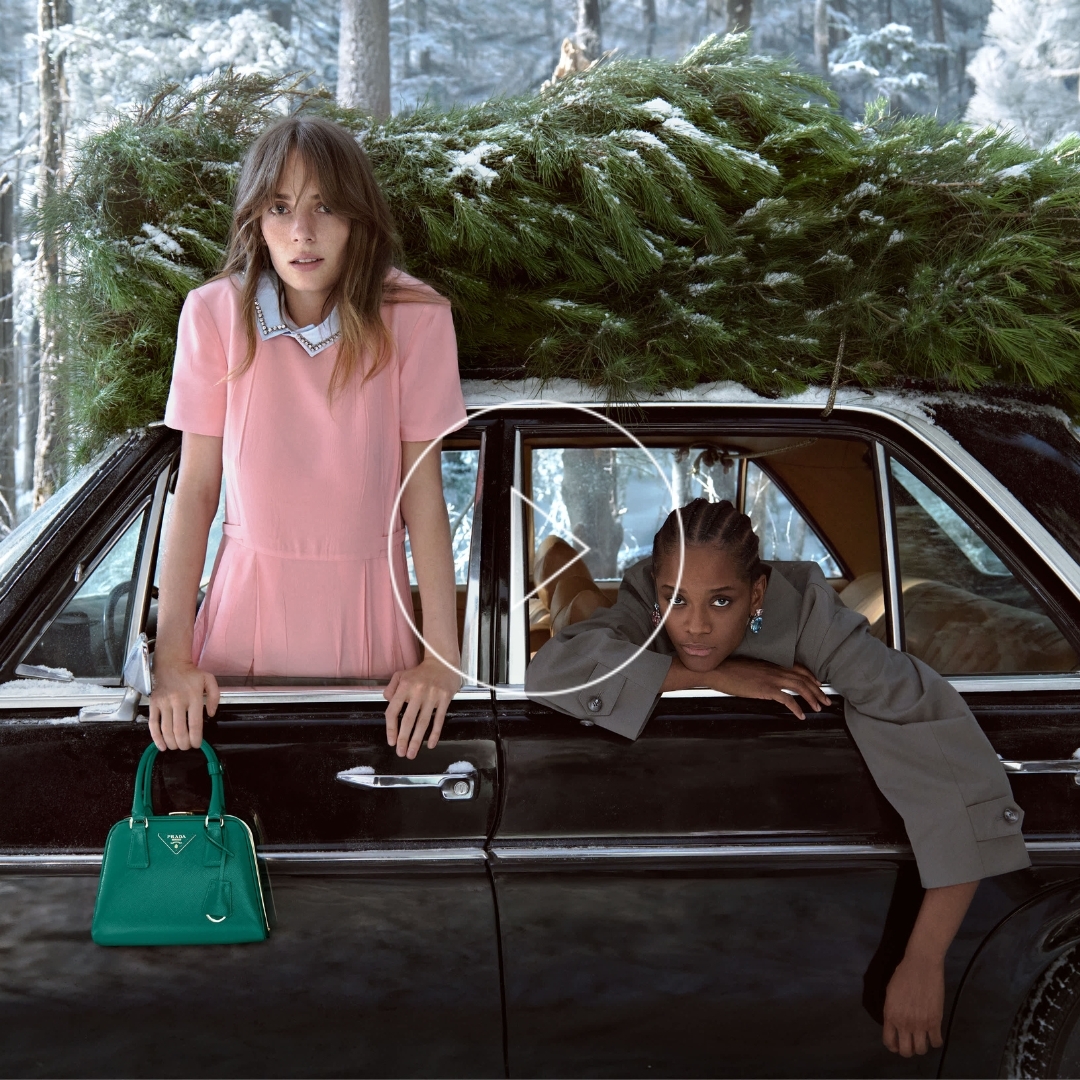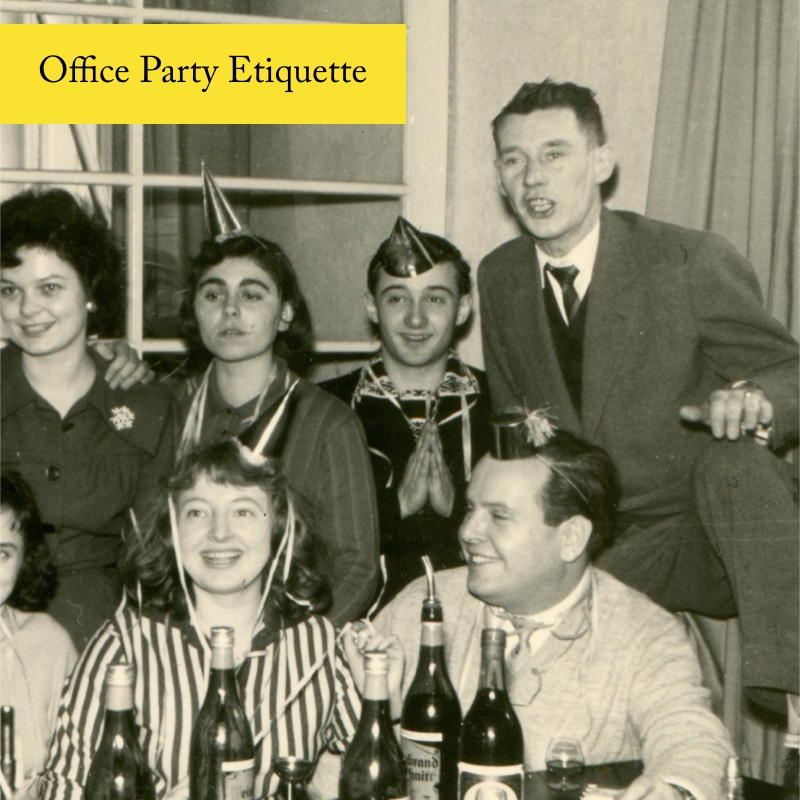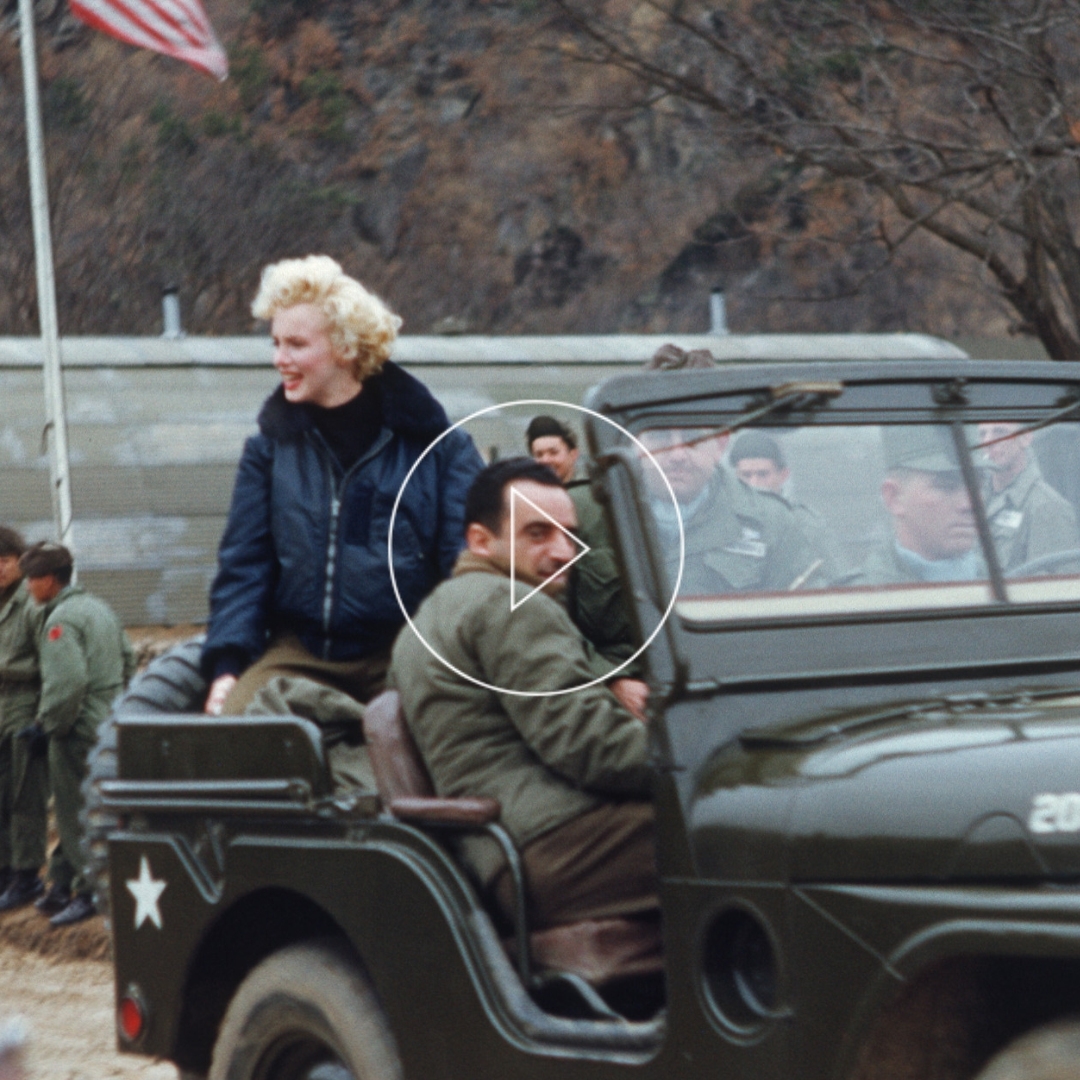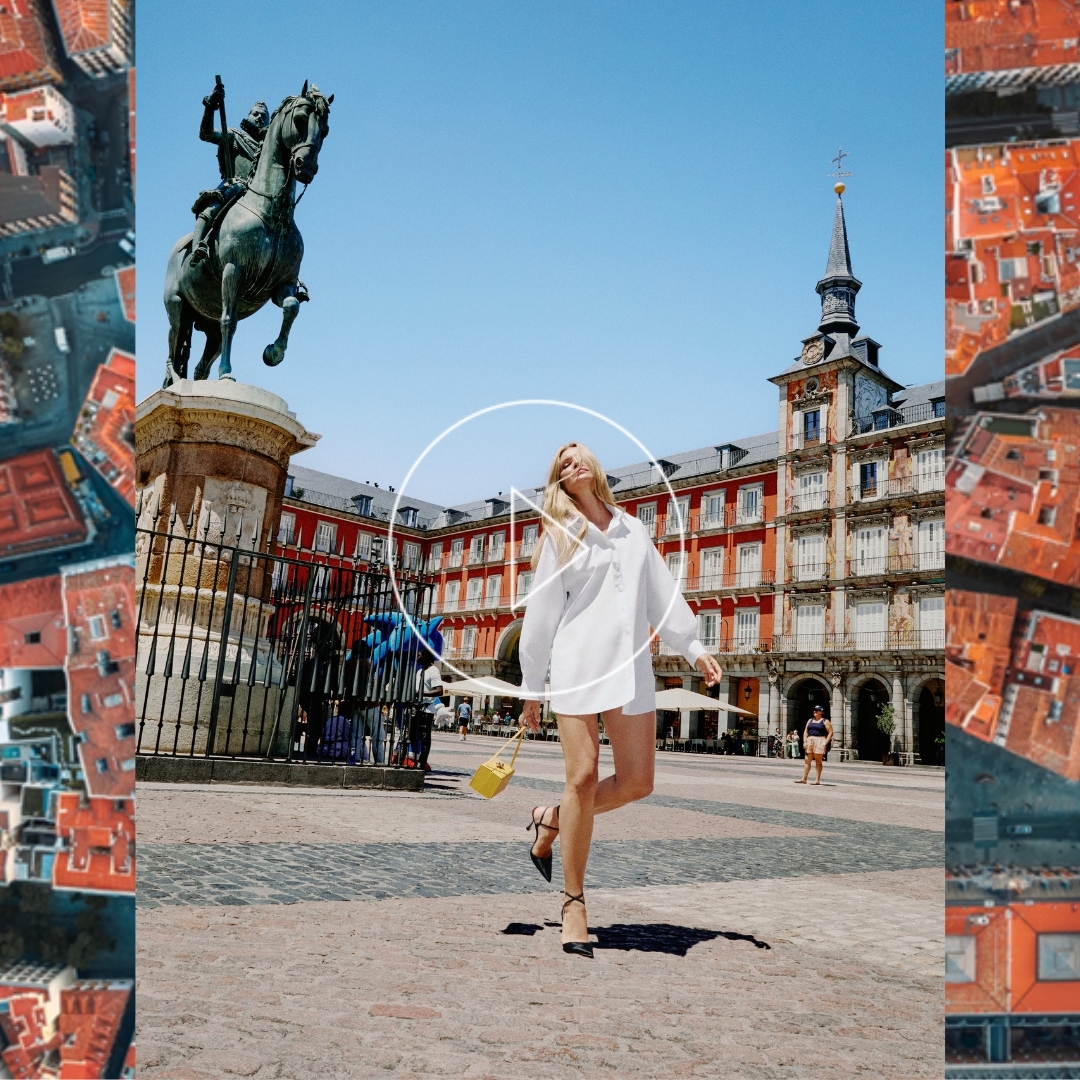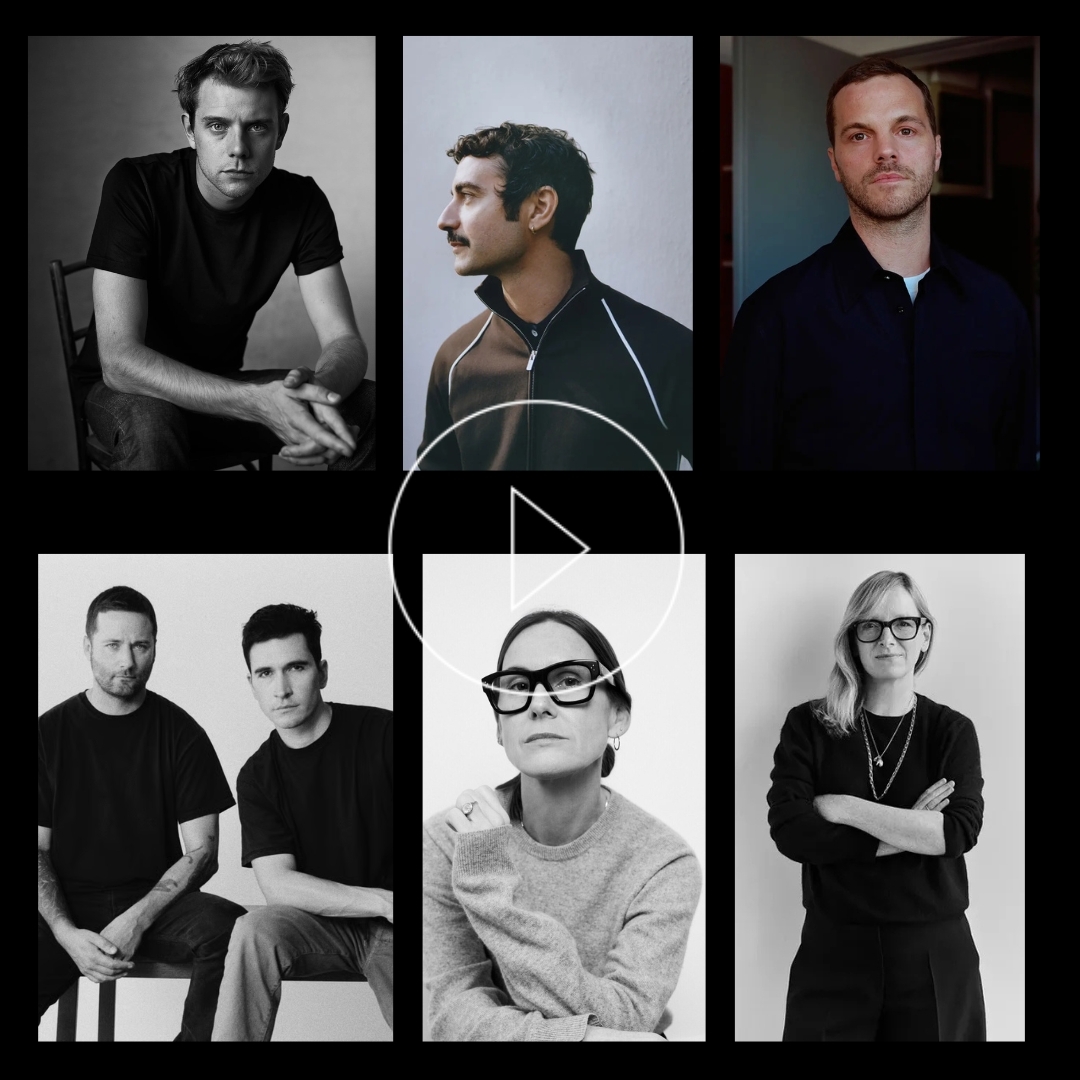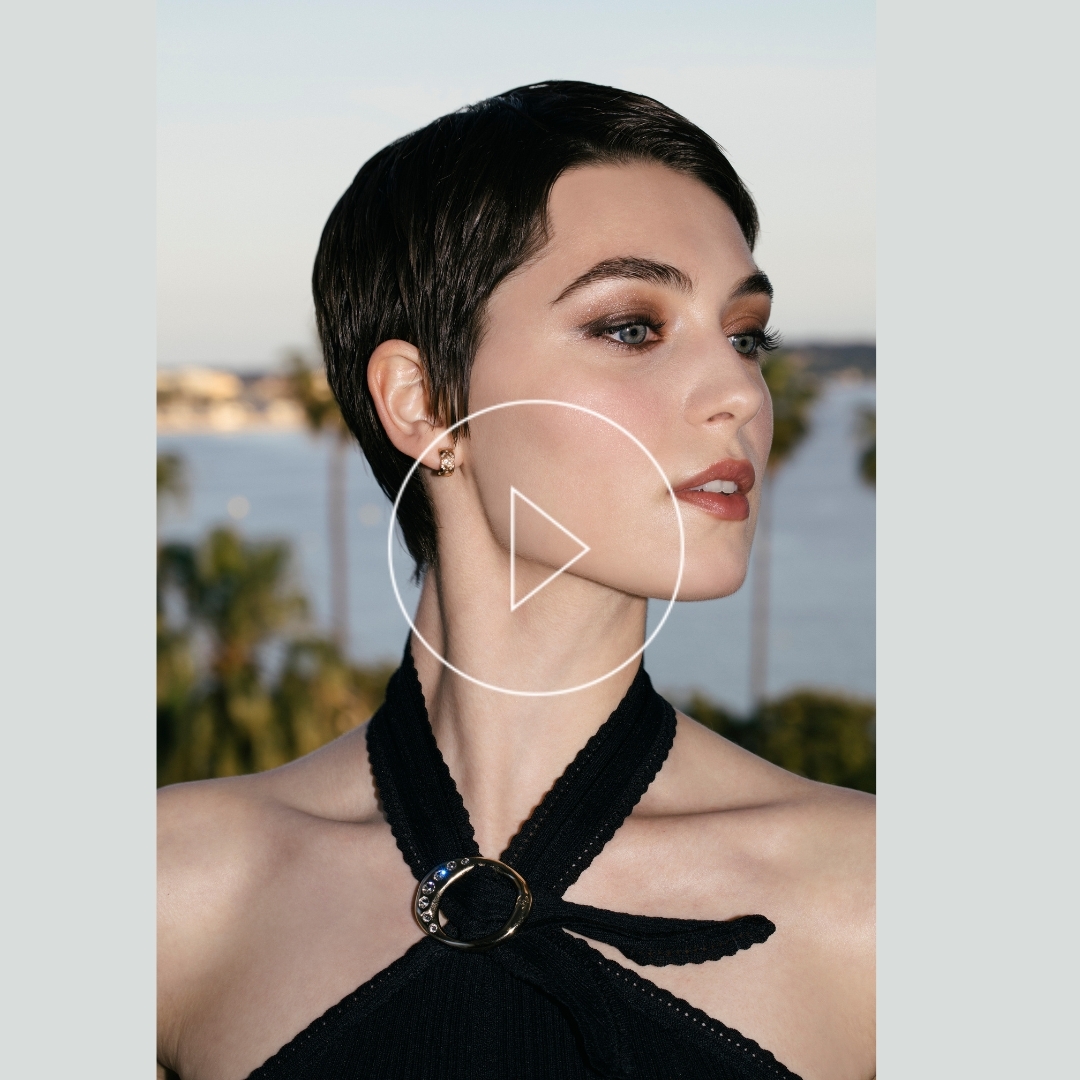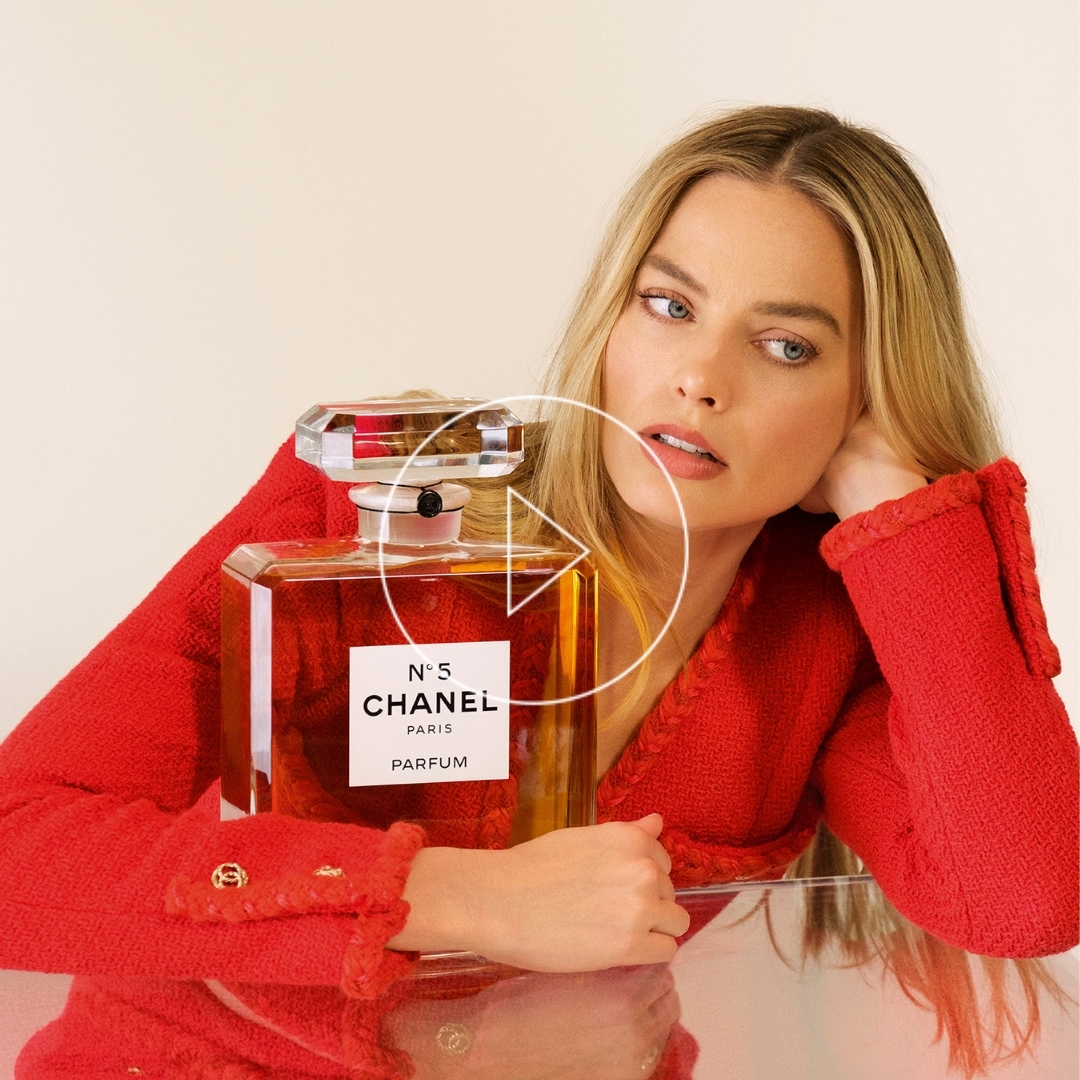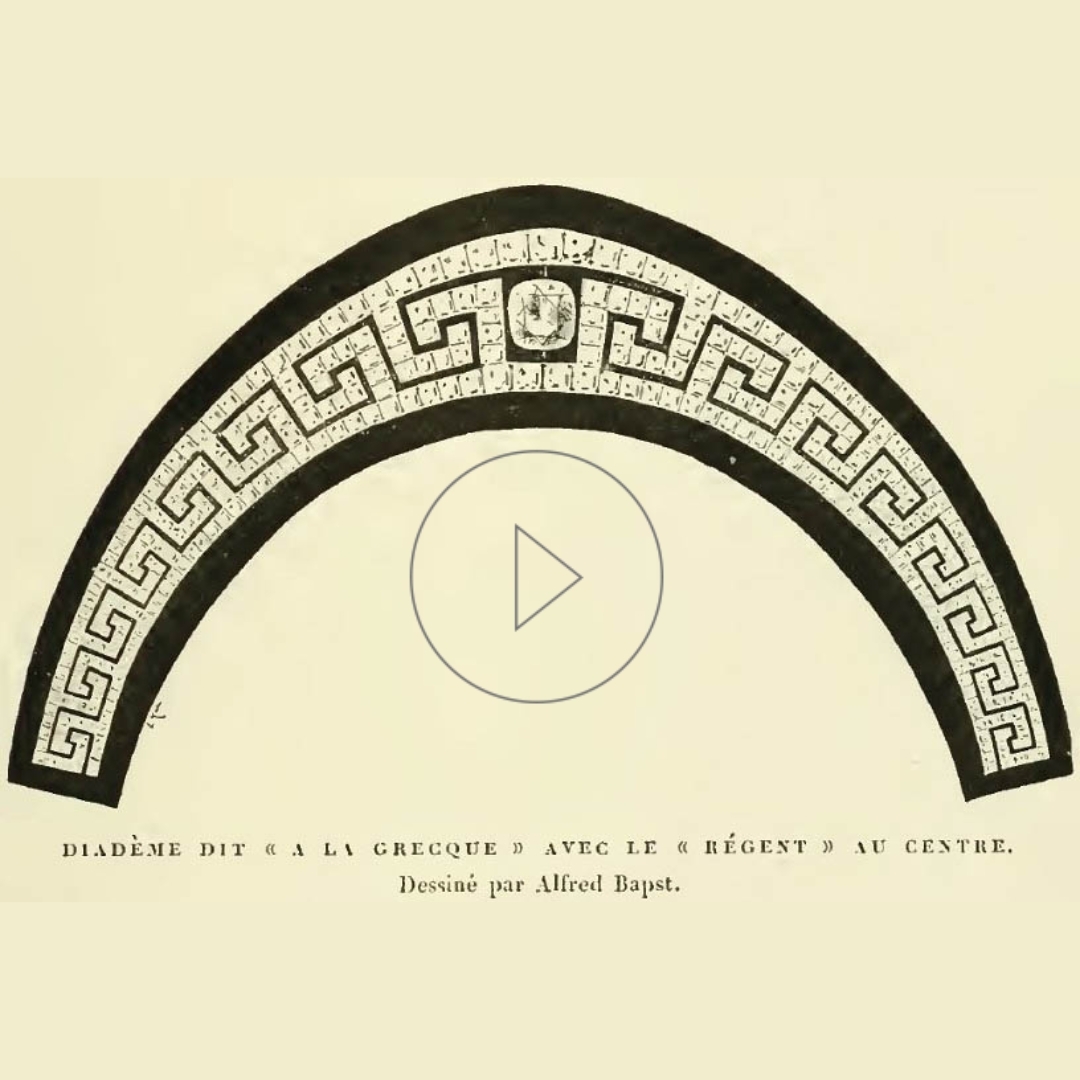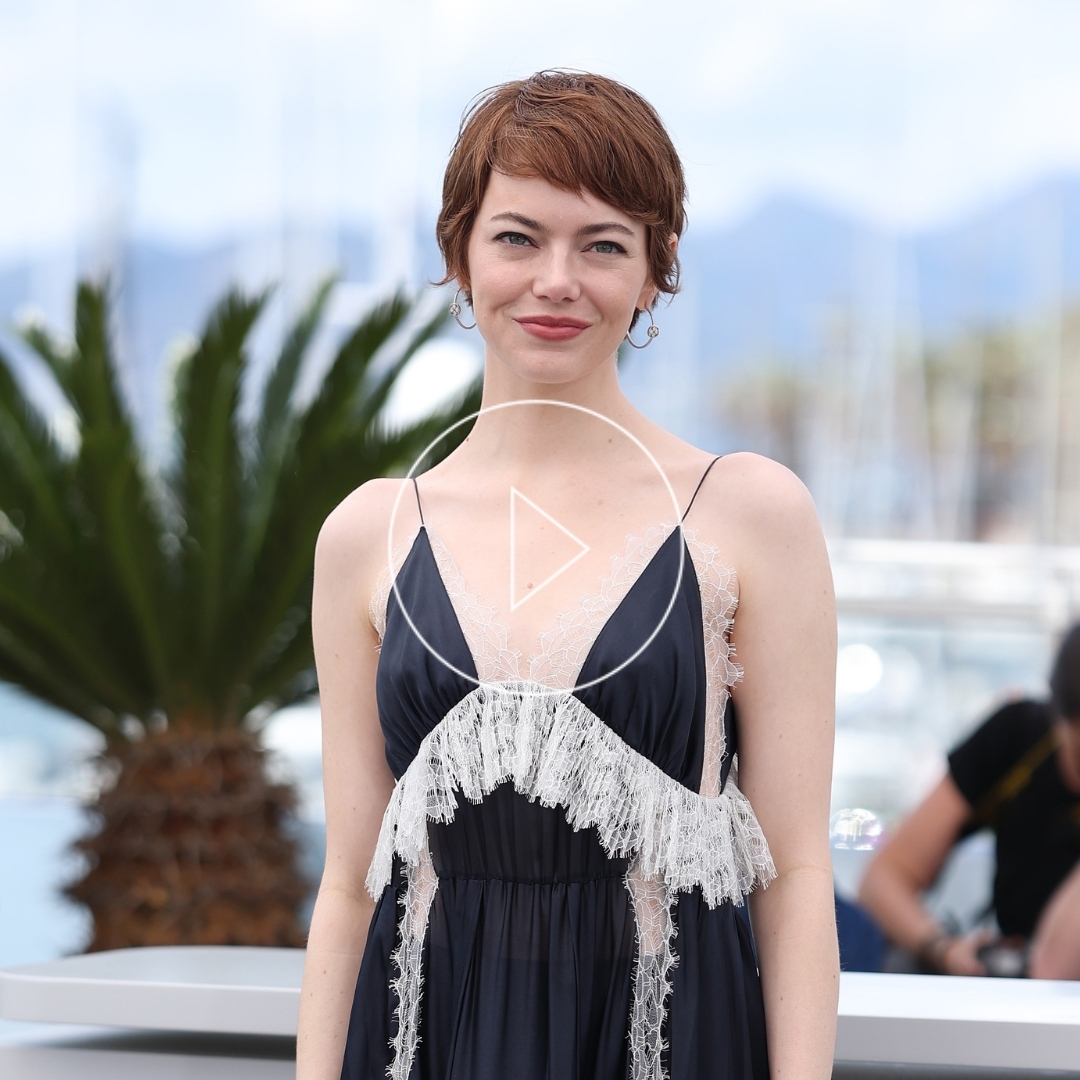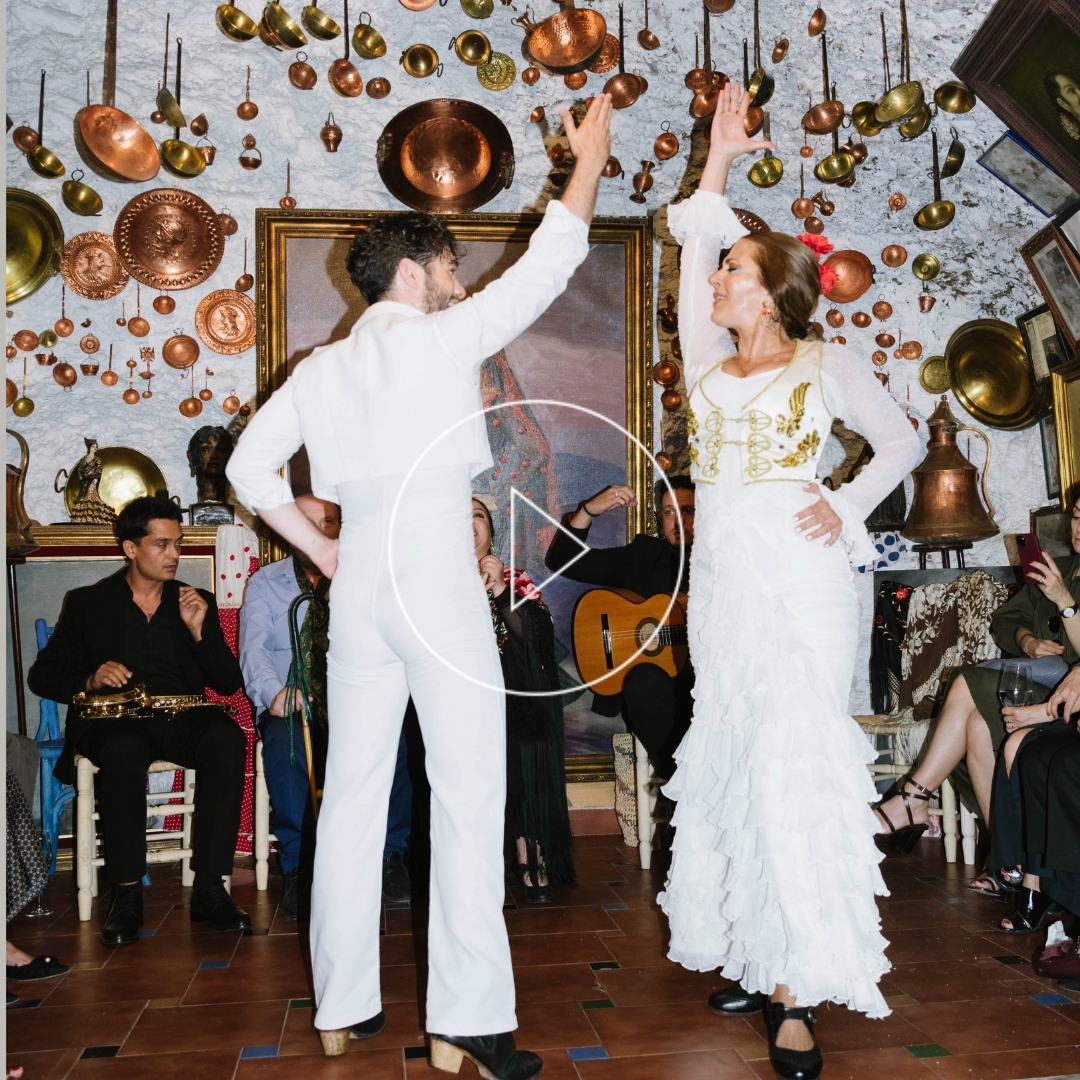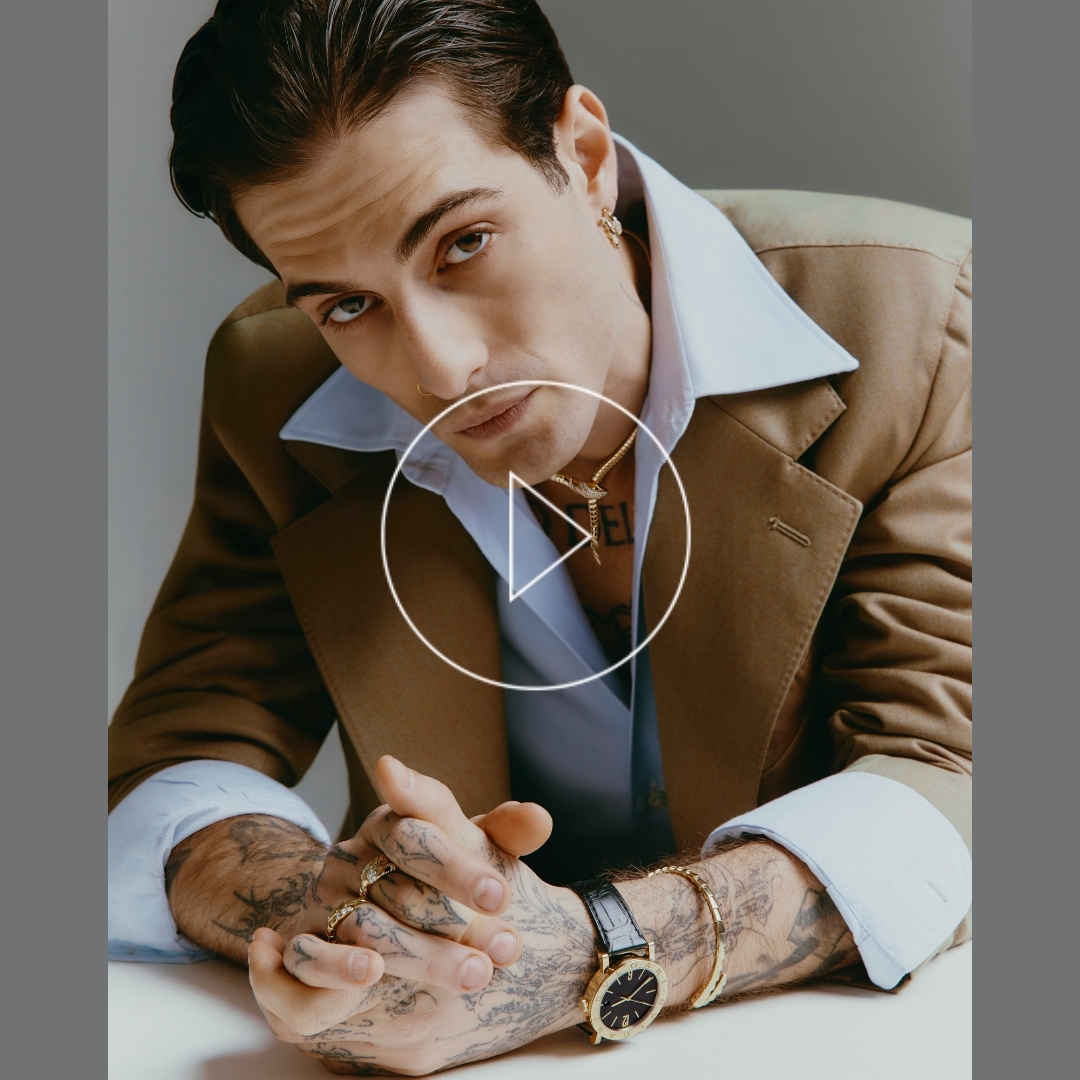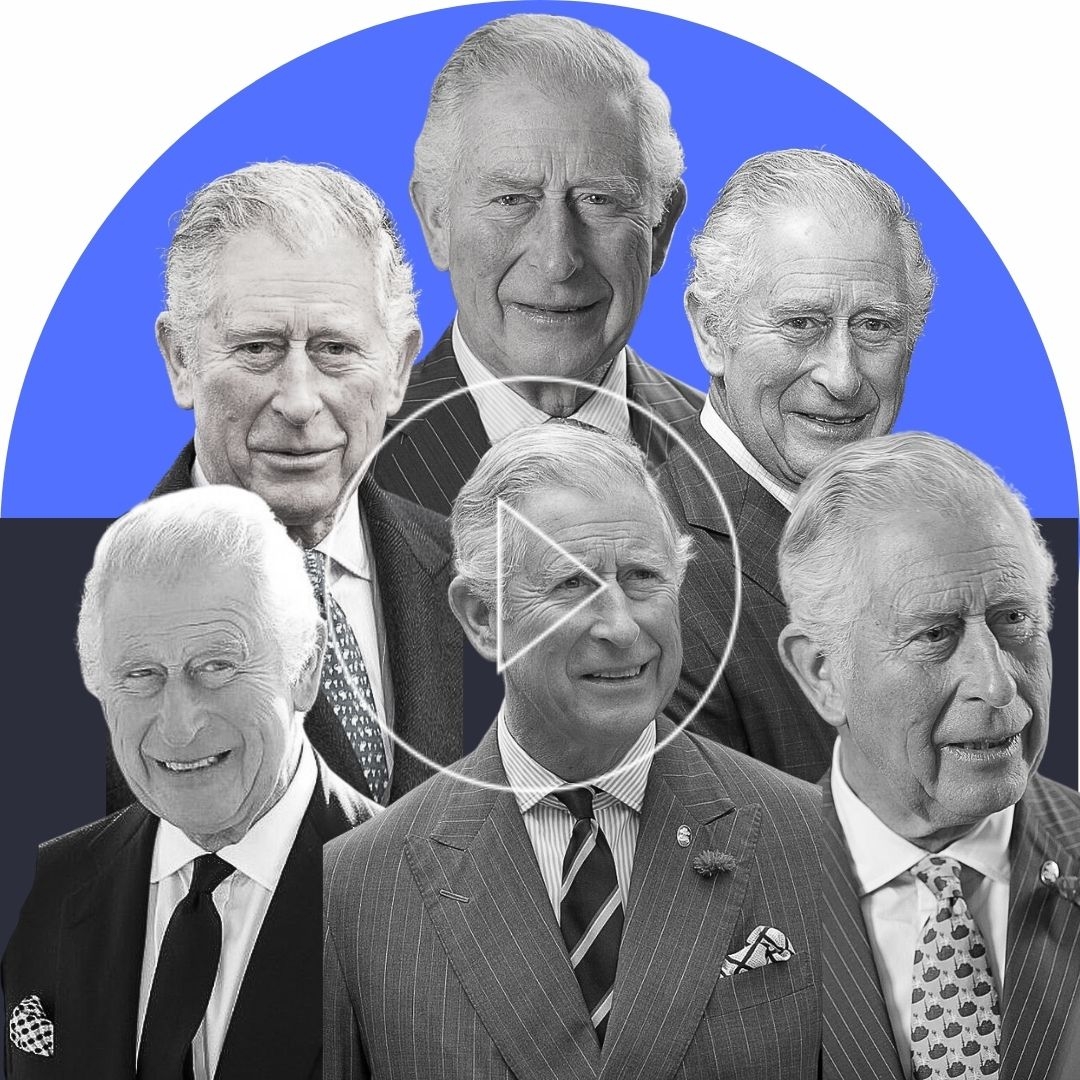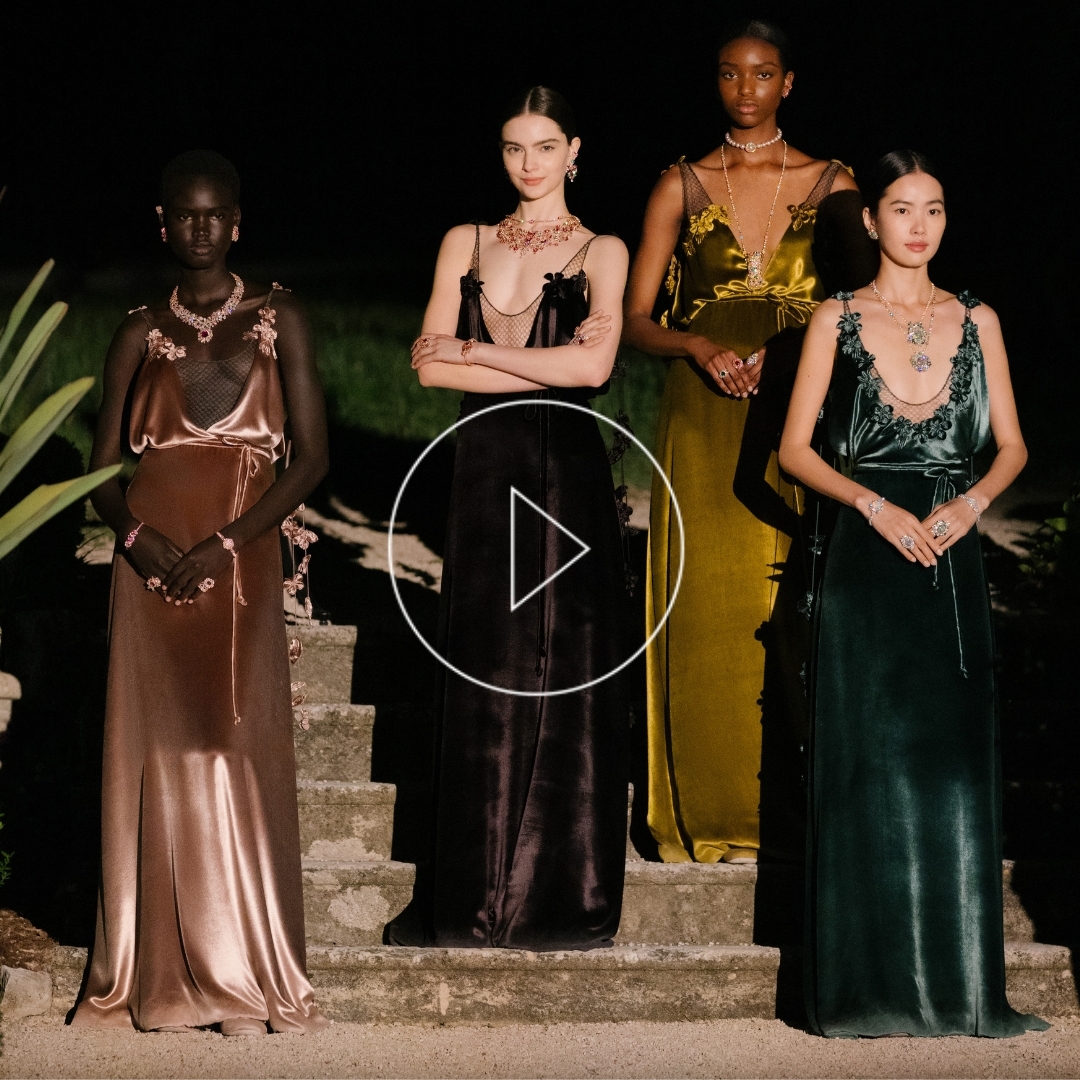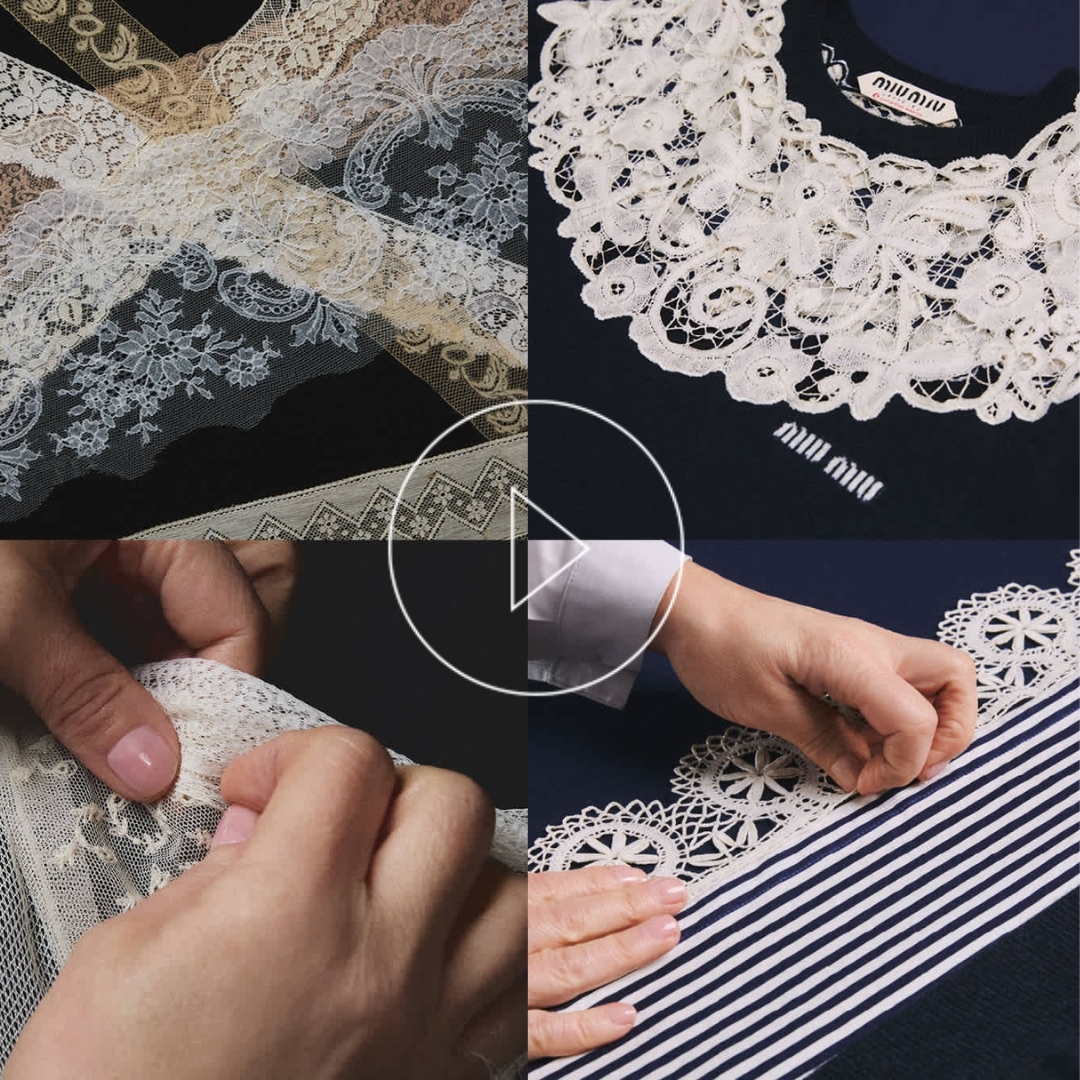Fine Art and Spanish fashion designer Balenciaga. The master of all couturiers.
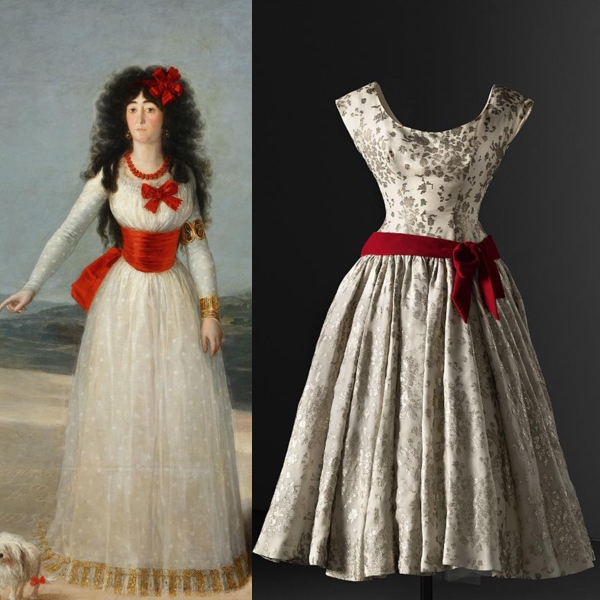
The modern aesthetic of today’s Balenciaga, directed by Demna Gvasalia, is very different from the creations of Cristóbal Balenciaga during his lifetime. In fact, a fantastic exhibition we saw at the Thyssen-Bornemisza Museum in Madrid, showed that Cristóbal Balenciaga, one of the most celebrated fashion designers ever, found inspiration for his creations in Fine Art and the Spanish Masters.
Cristóbal Balenciaga, the master of fashion
The Spanish couturier Cristóbal Balenciaga launched his luxury fashion label in 1917 in San Sebartián. Soon after, he opened stores in Madrid and Barcelona, and among his clients were the Spanish royal family and aristocracy. For instance, he created the wedding dress of Queen Fabiola of Belgium. As soon as he moved to Paris, he had immediate success. Known for his uncompromising standards and revolutionary fashion, Balenciaga created a new silhouette for women post-war. Instead of the hourglass of that era, he designed sleek clothes that gave women freedom. For example, comfortable tunics and shirt dresses. He famously designed spherical balloon jackets and skirts, cocoon coats, Empire dresses, kimono coats.
Although his creations were masterworks of haute couture, Balenciaga refused to follow the rules of the Chambre syndicale de la haute couture Parisienne, so technically, he was never Haute Couture. Nevertheless, his influence on fashion was impressive. Several famous fashion designers started their career working for Balenciaga. Among them were Oscar de la Renta, André Courrèges, Emanuel Ungaro, and Hubert de Givenchy.
Balenciaga is the master of us all.
Christian Dior
Spanish fashion and art side by side
Above all, Balenciaga and Spanish Painting was a groundbreaking show for fashion lovers as it elevated the clothes of the Spanish designer to the rank of fine art. To clarify, the exhibition presented creations of the fashion designer alongside historic art pieces by Spanish masters as El Greco and Goya.

We saw The Duchess of Alba, painted in 1795 by Goya. She wears a dress with a bow similar to the silk gown with scarlet bow Balenciaga created around 1955, 1960.

An organza evening coat was shown next to the painting “Flowers in a vase”. Balenciaga made this coat in 1964 with applications of off-white and pale red flowers. The flowers and hues are similar to the still life Gabriel de la Corte painted in the 17th century.

Certainly, the exhibition put in evidence references to Spanish art and culture in the creations of Cristóbal Balenciaga. The Spanish bullfighter’s suits clearly inspired the sequin embroidered bolero jacket from the private collection of Amish Bowles. The bolero was next to a painting of Julia Hacia wearing a similar piece. Ramon Casas y Carbo painted her in 1915.

Similarly, this architectural Balenciaga gown’s big volumes and drapings are reminiscent of the Flamenco dancer’s dress. Among the exceptional art pieces that inspired Balenciaga were twelve El Grecos and nine Goyas. And also paintings by Murillo, Velázquez and Zurbarán.

The iconic gowns came from the Museo Balenciaga in Guetaria, Museo del Traje in Madrid, and Museo del Disseny in Barcelona. But also from private collections, some of them never exhibited before.
Title photo: the Duchess of Alba by Goya and a Balenciaga dress. All Photos courtesy of Thyssen Bornemisza
SHARE

